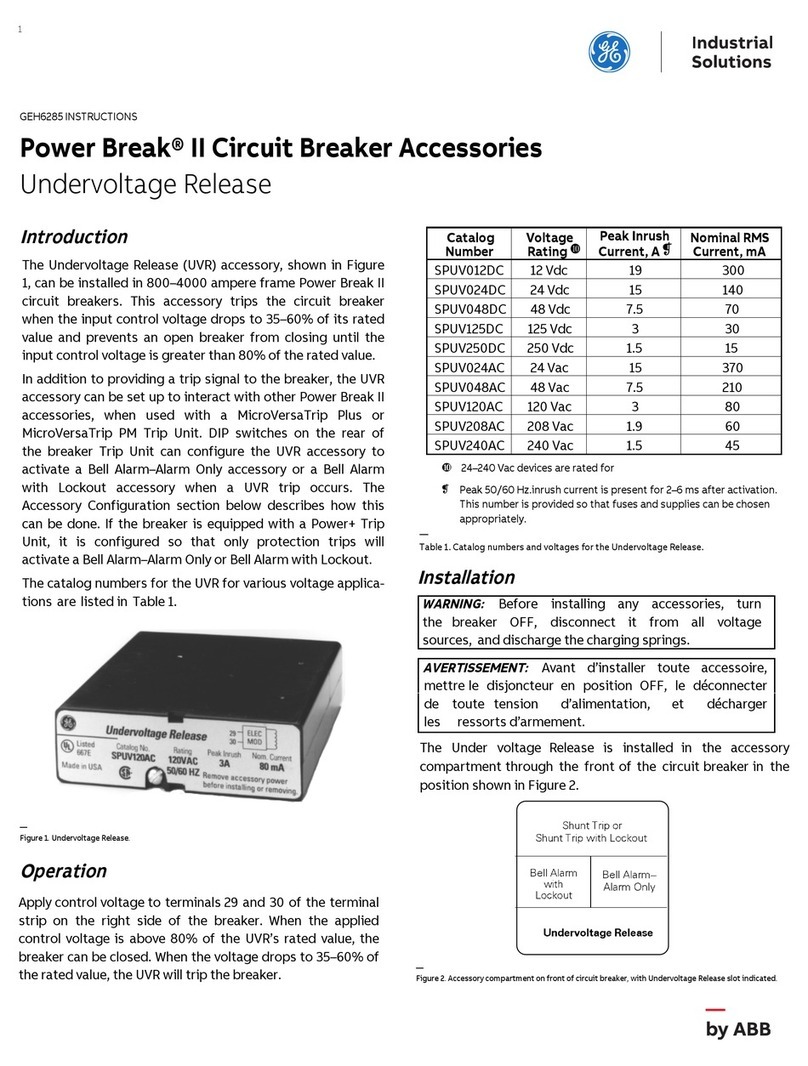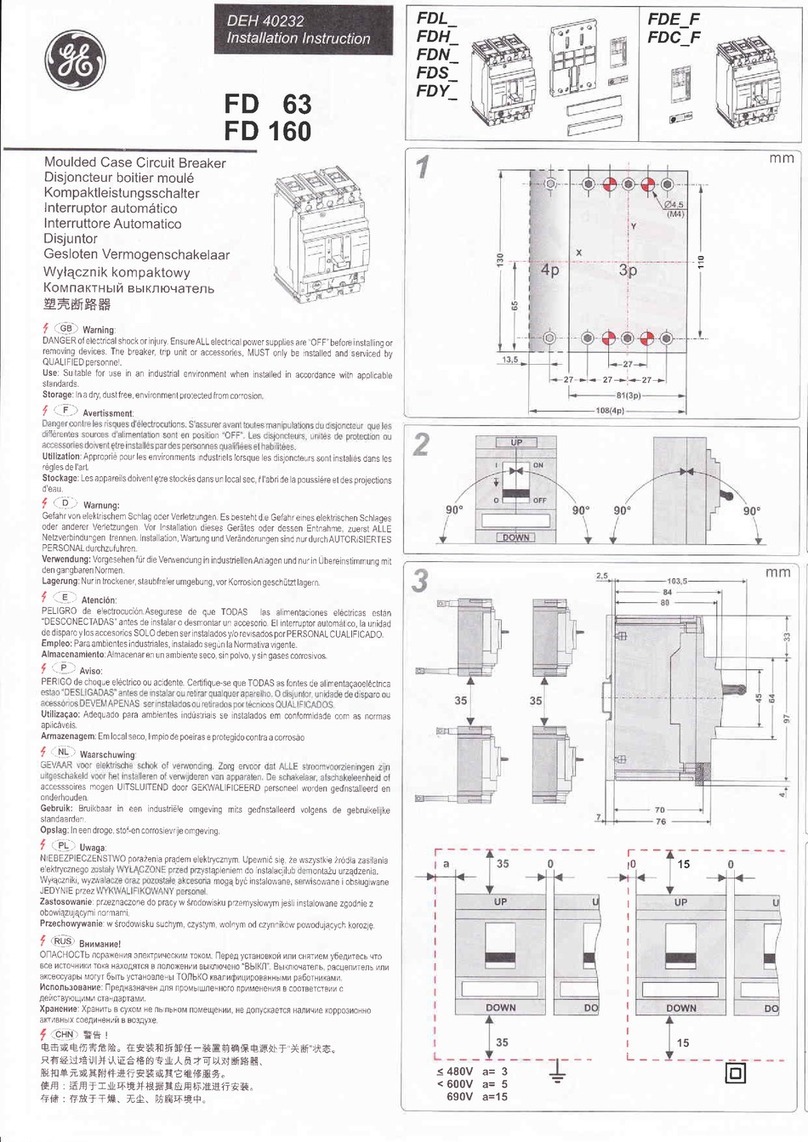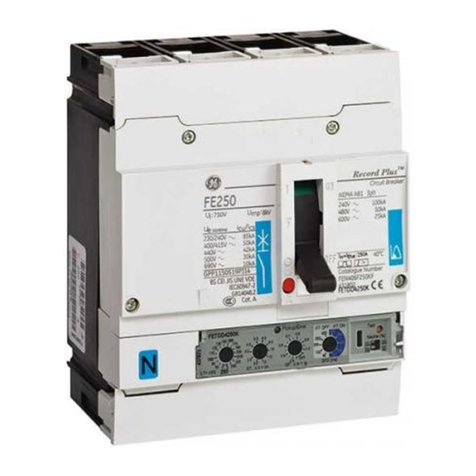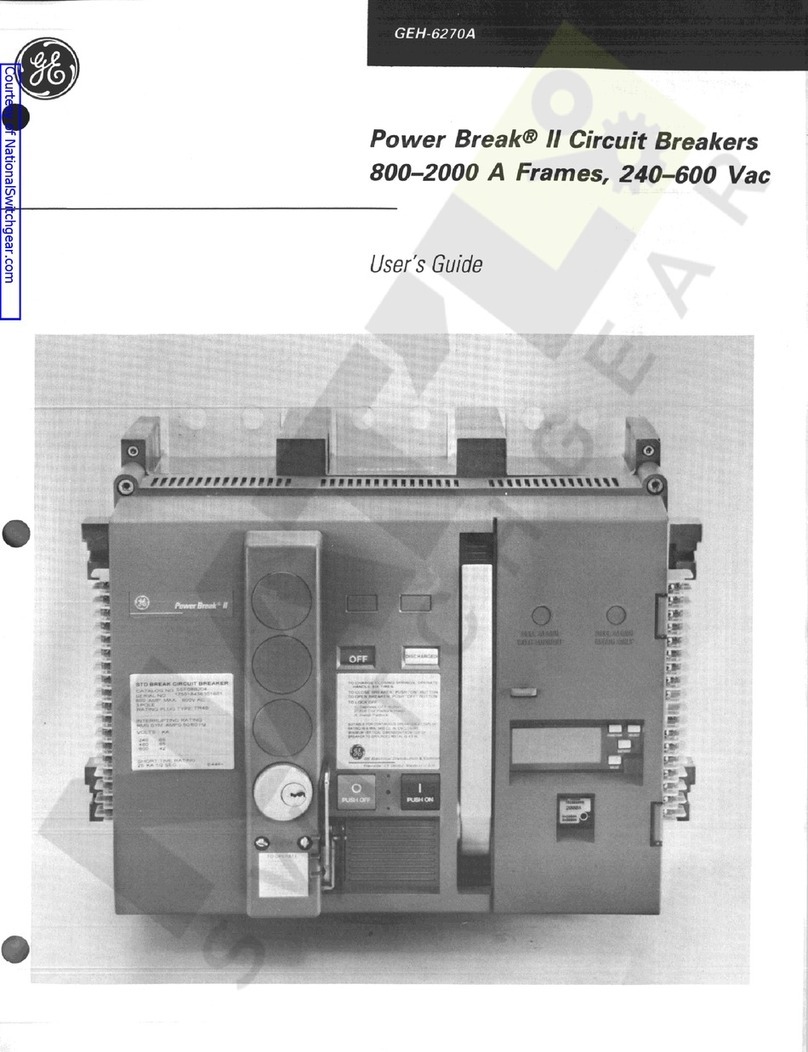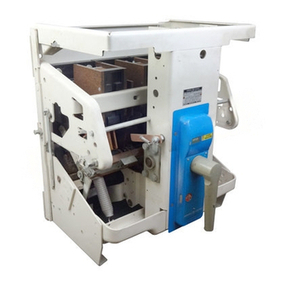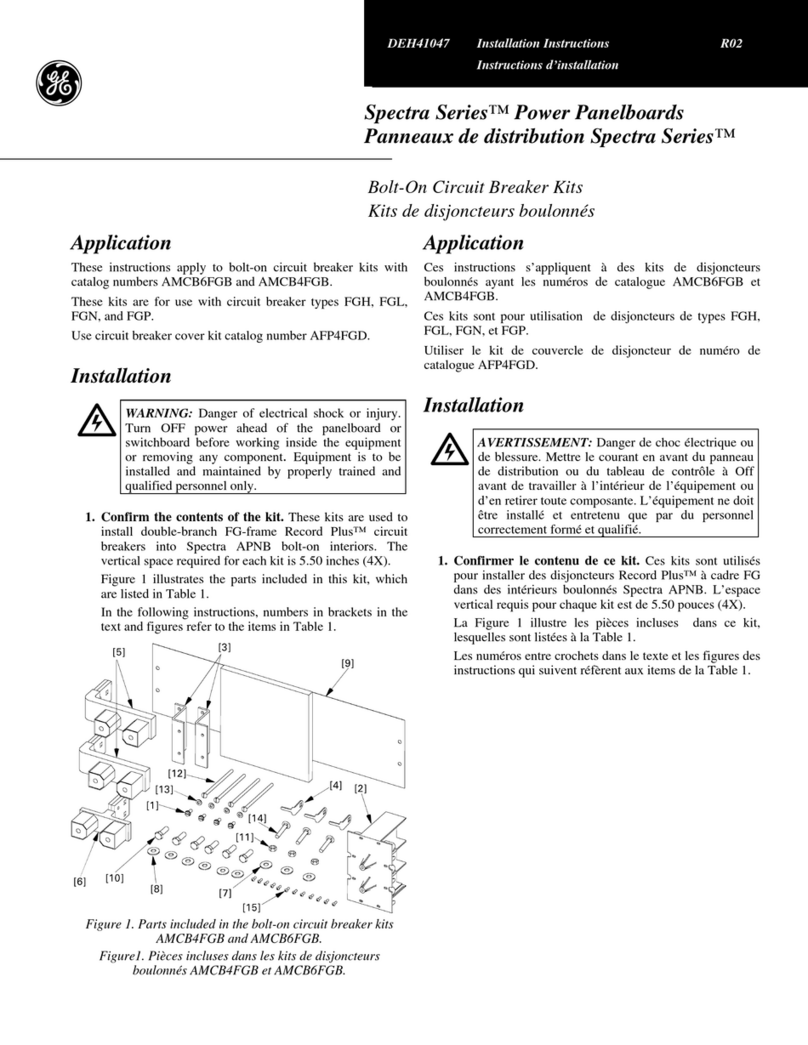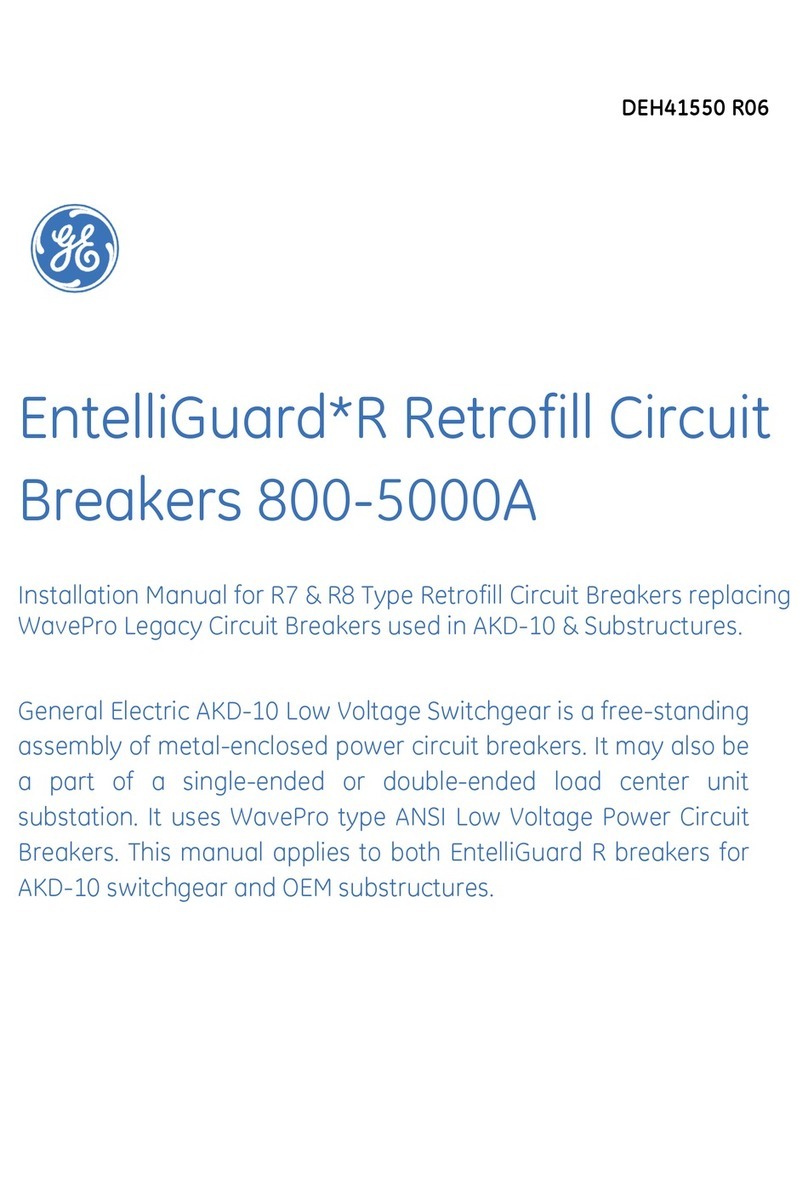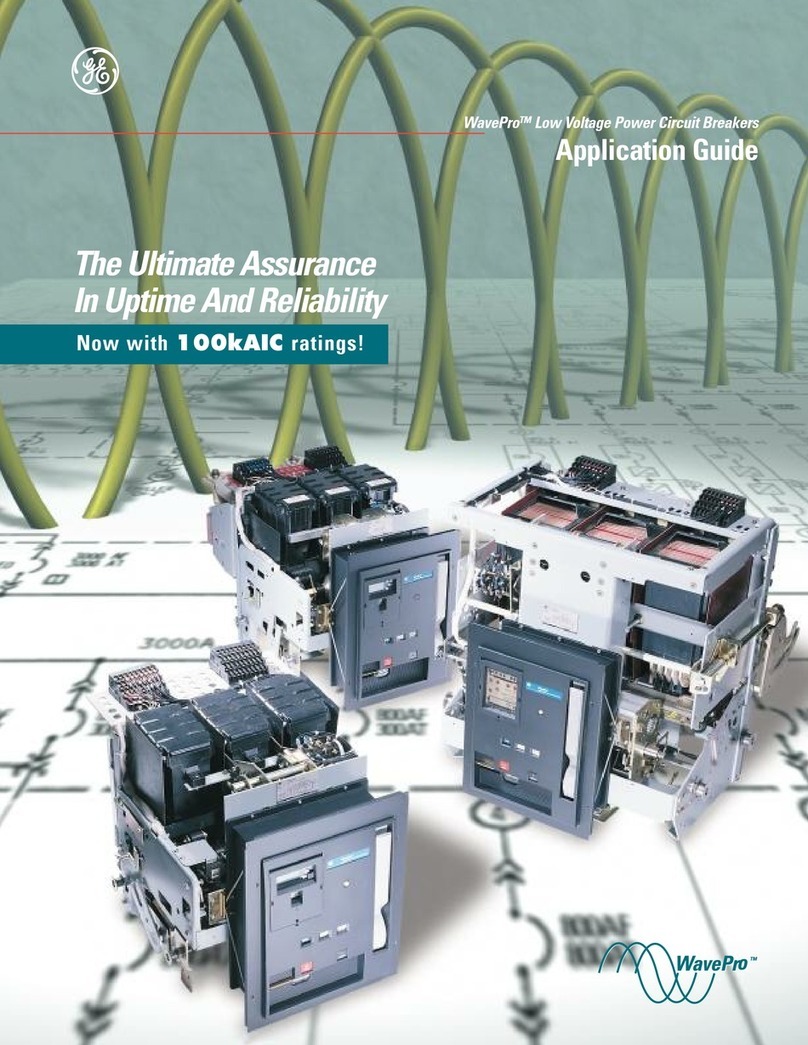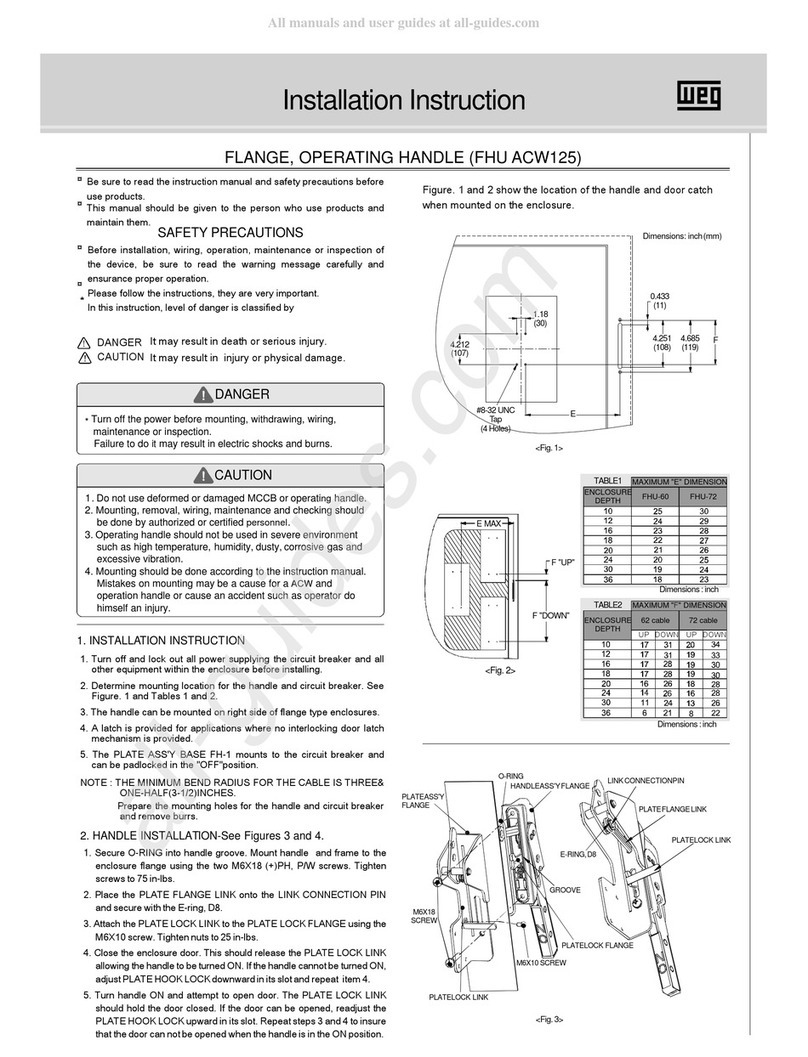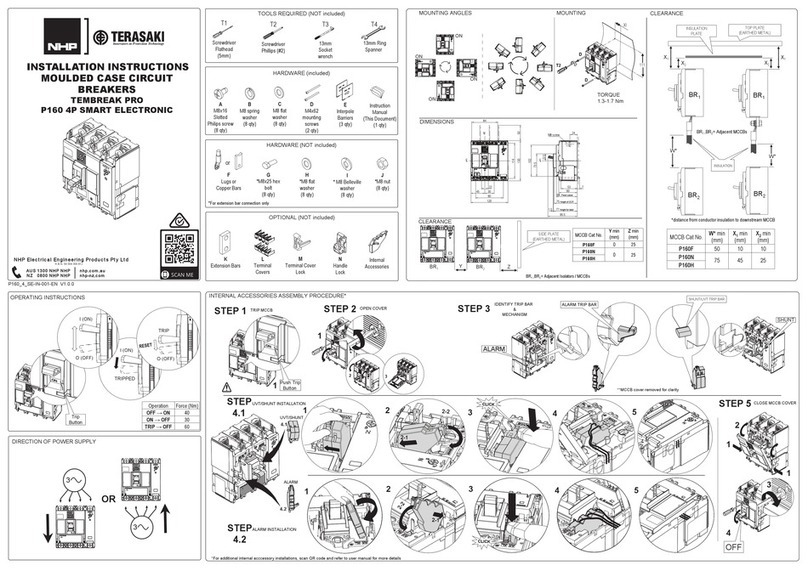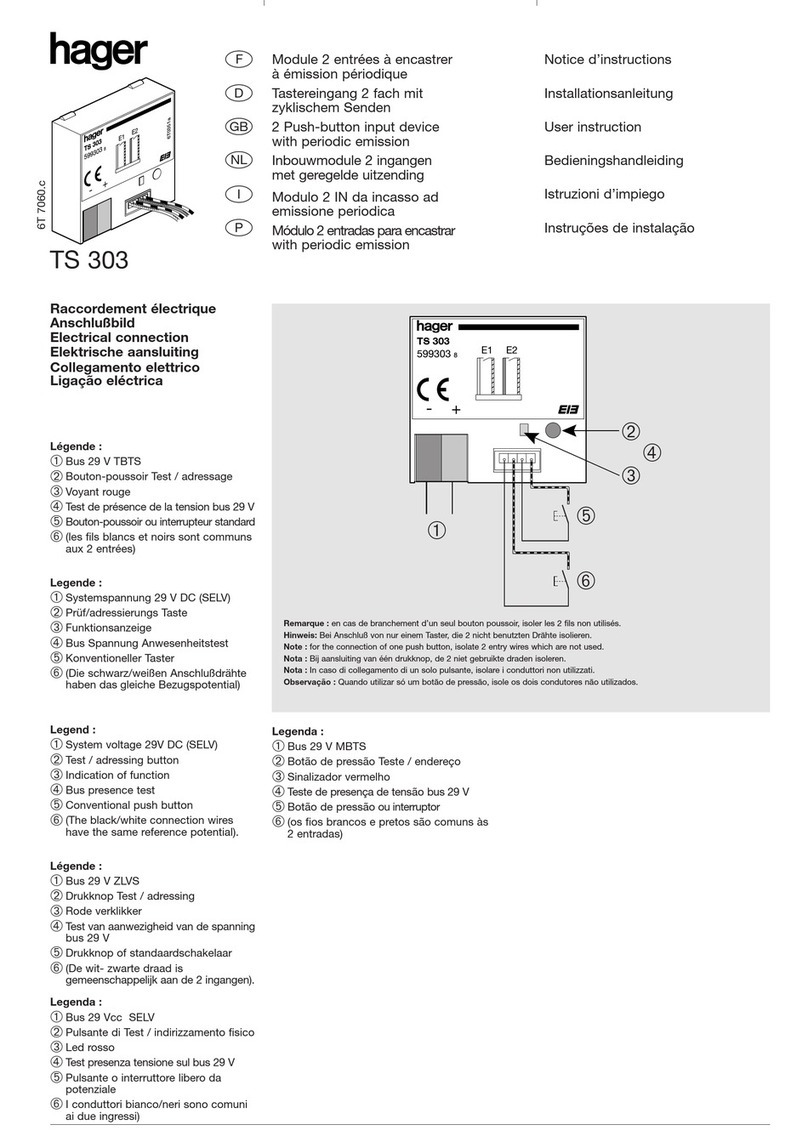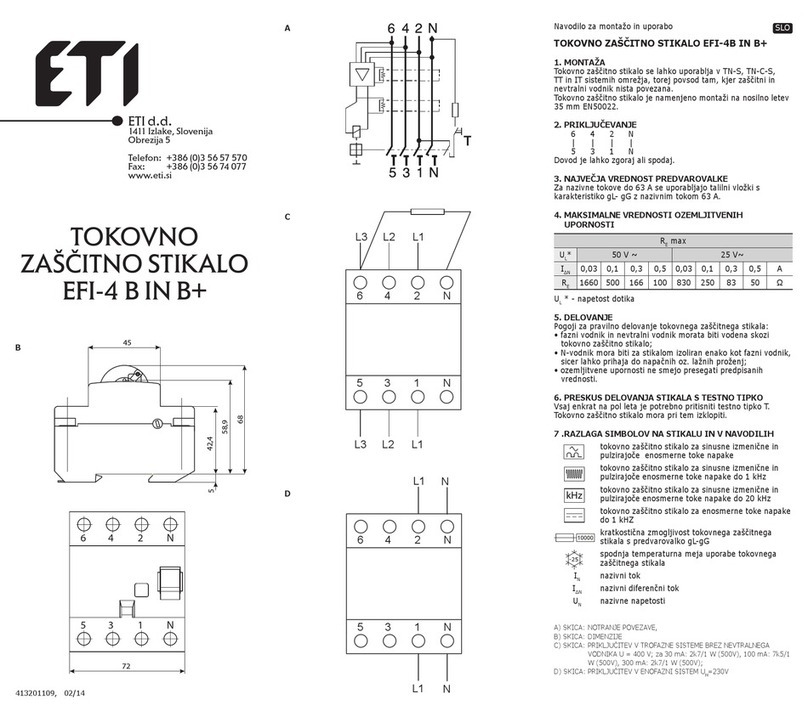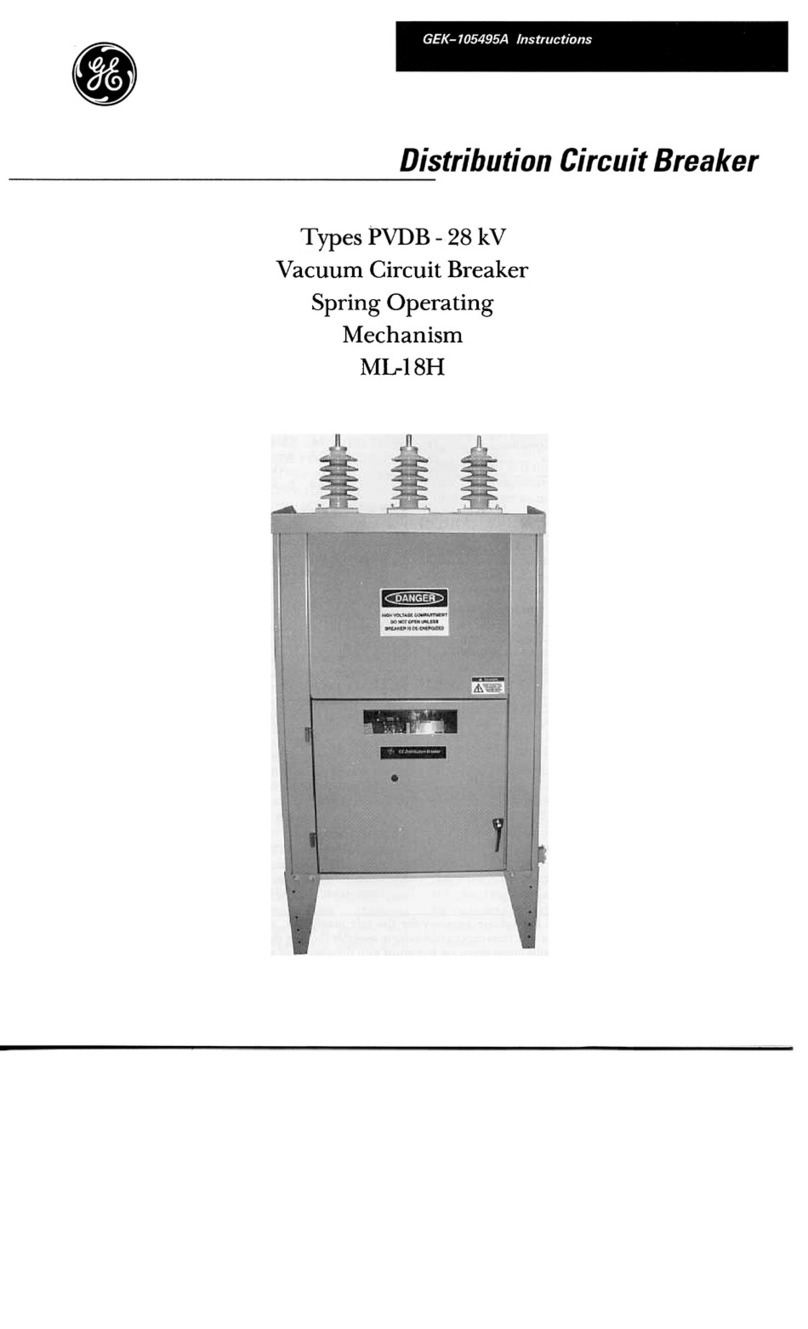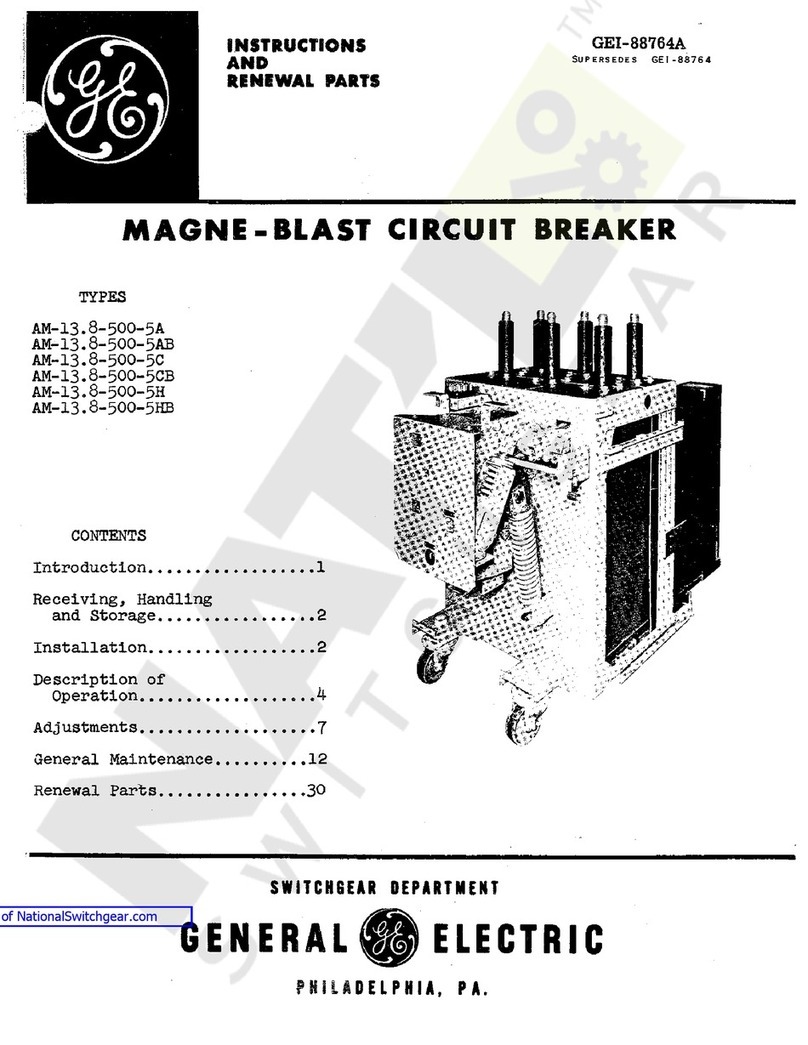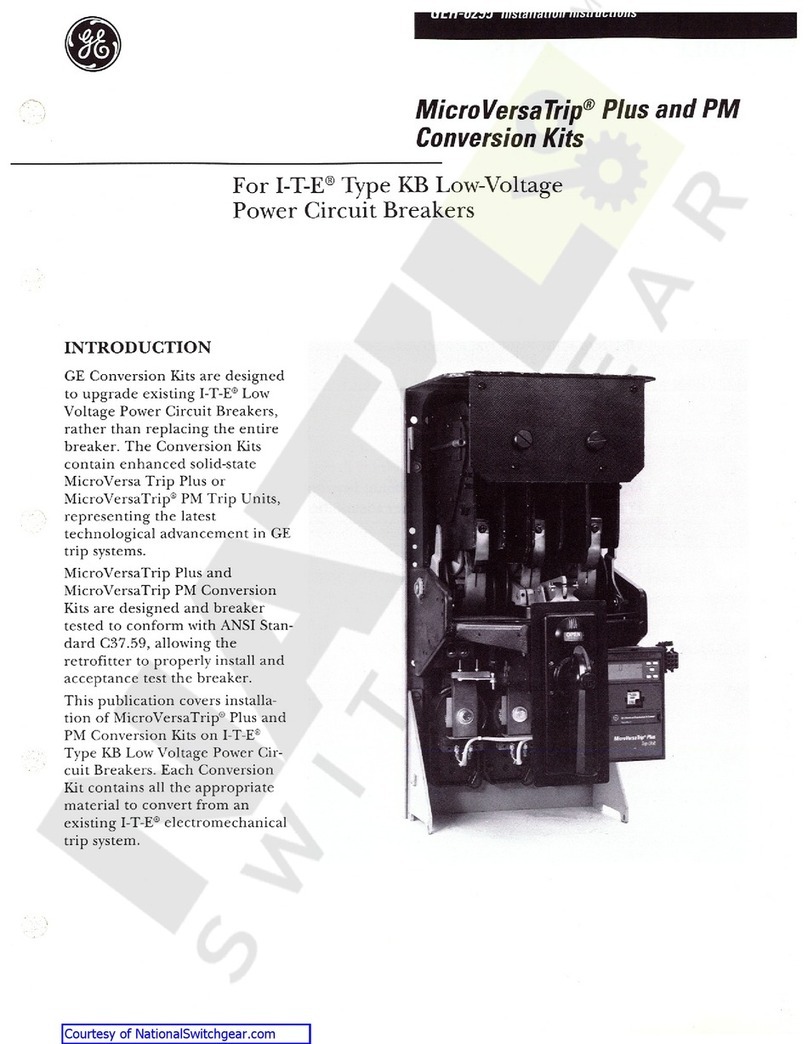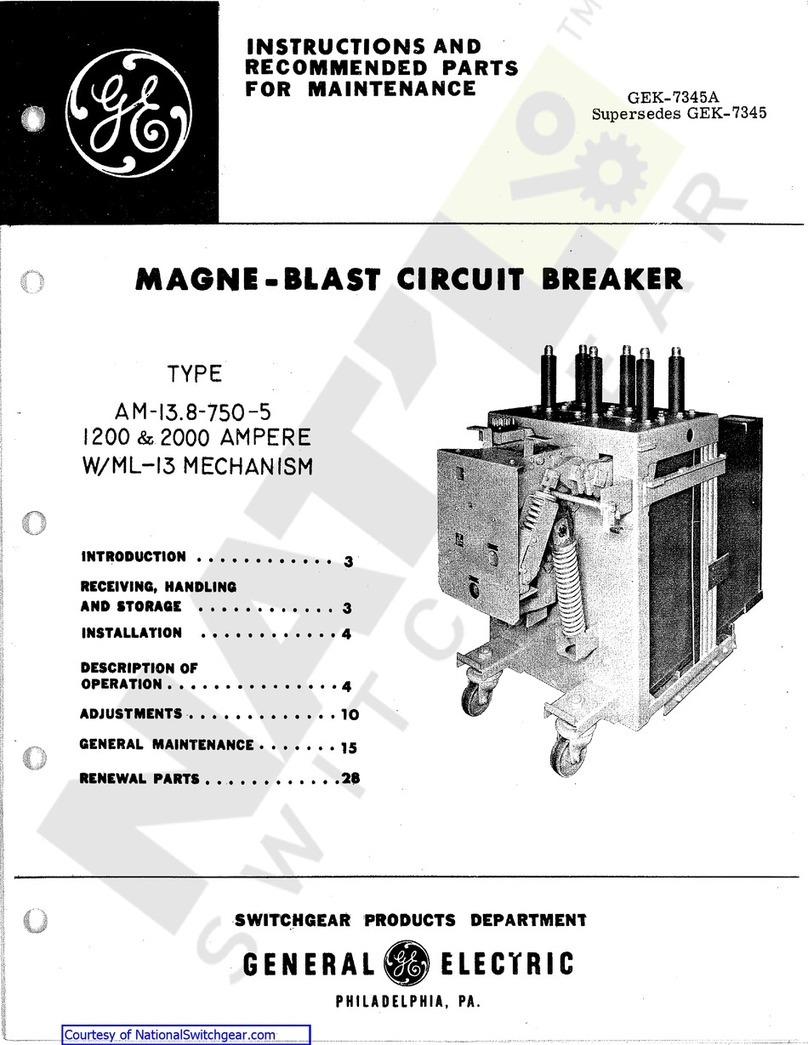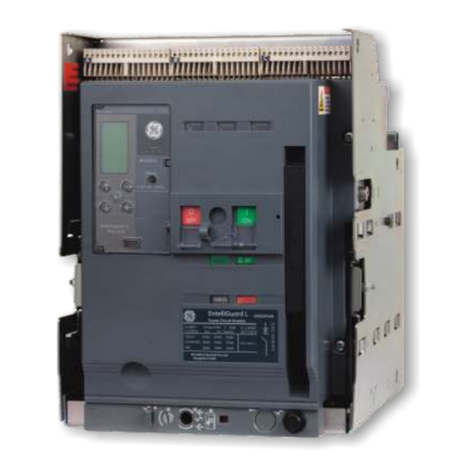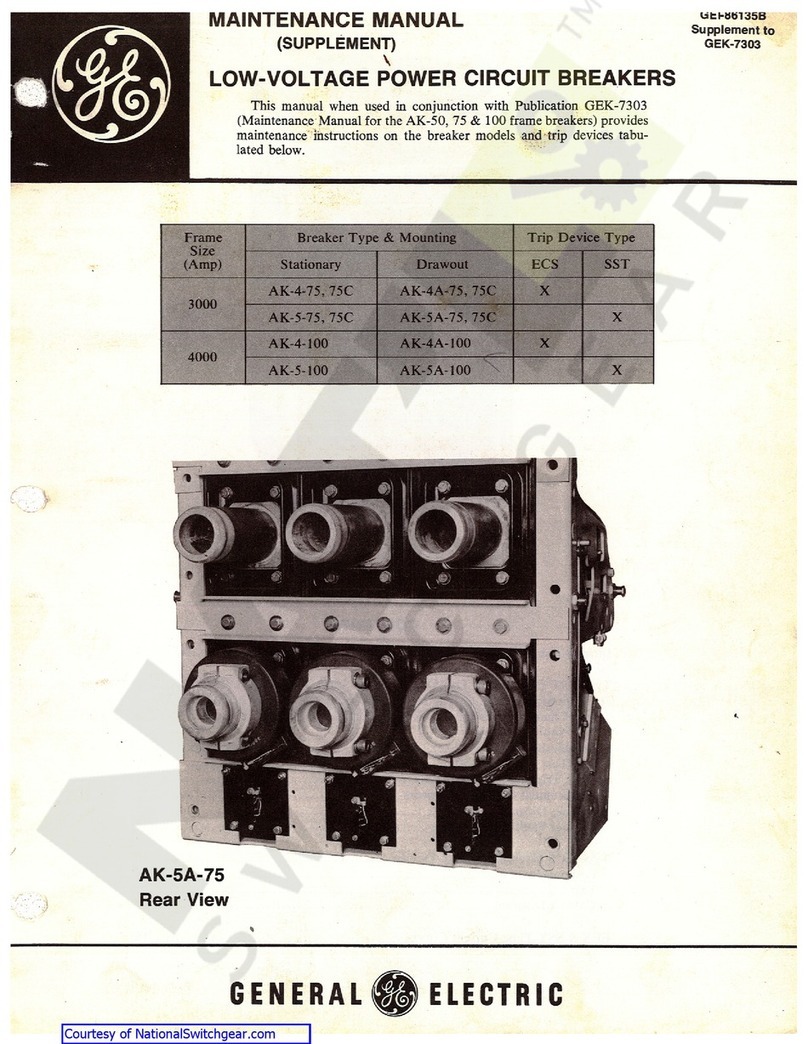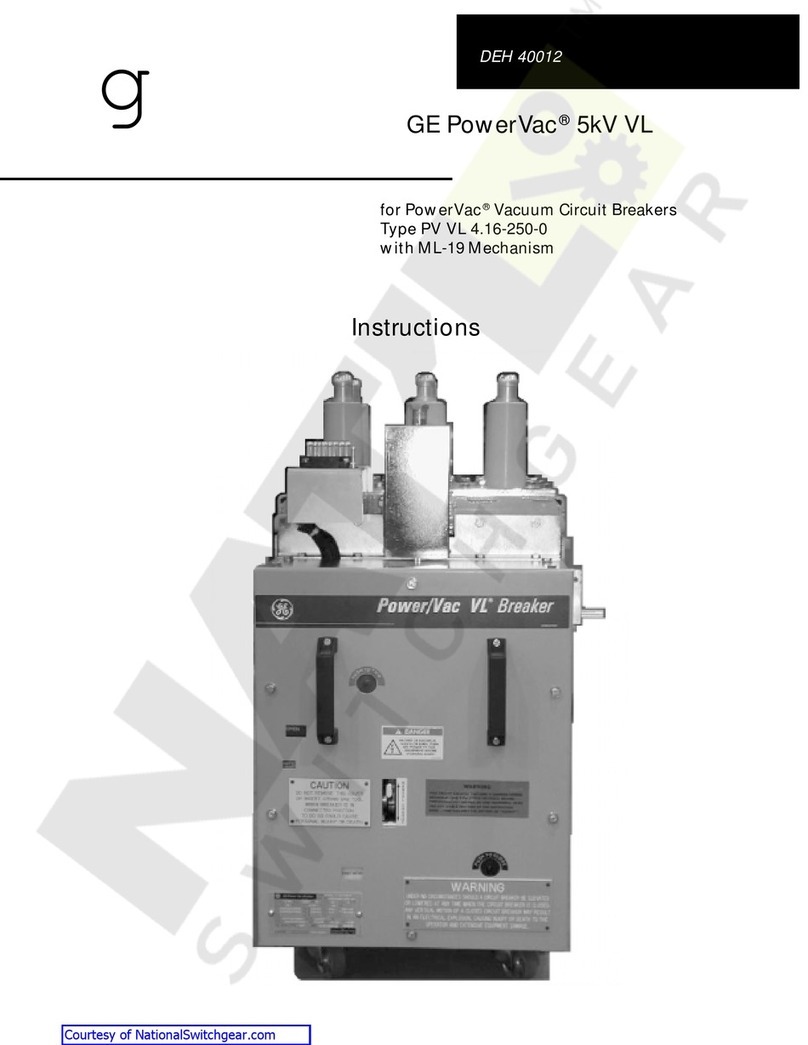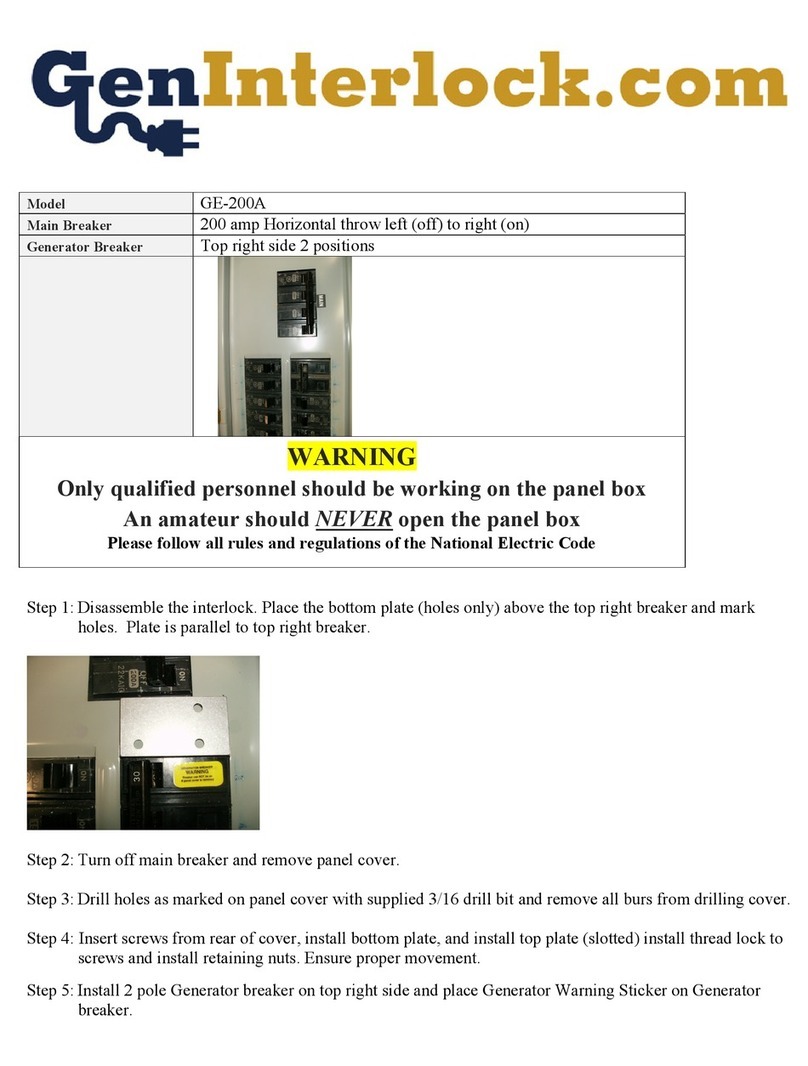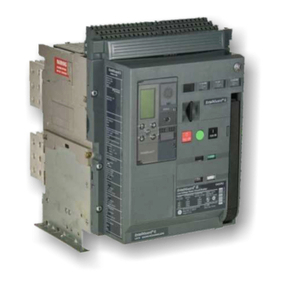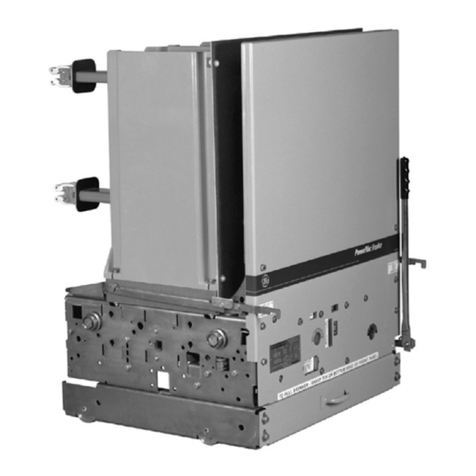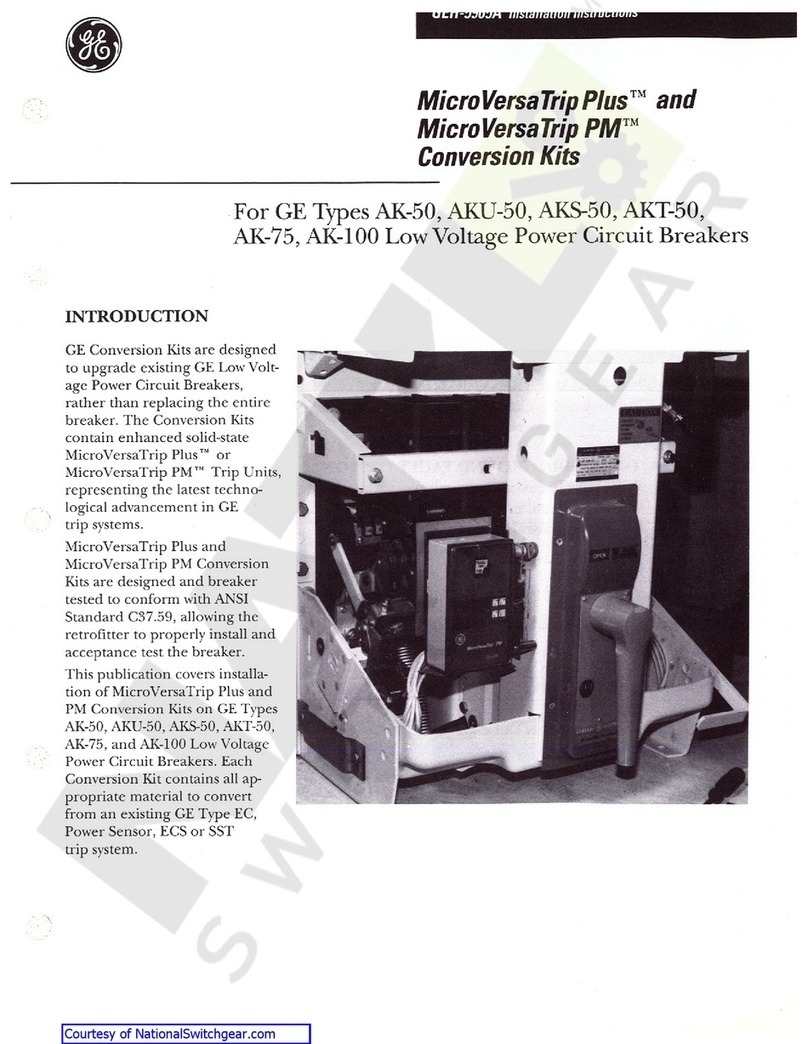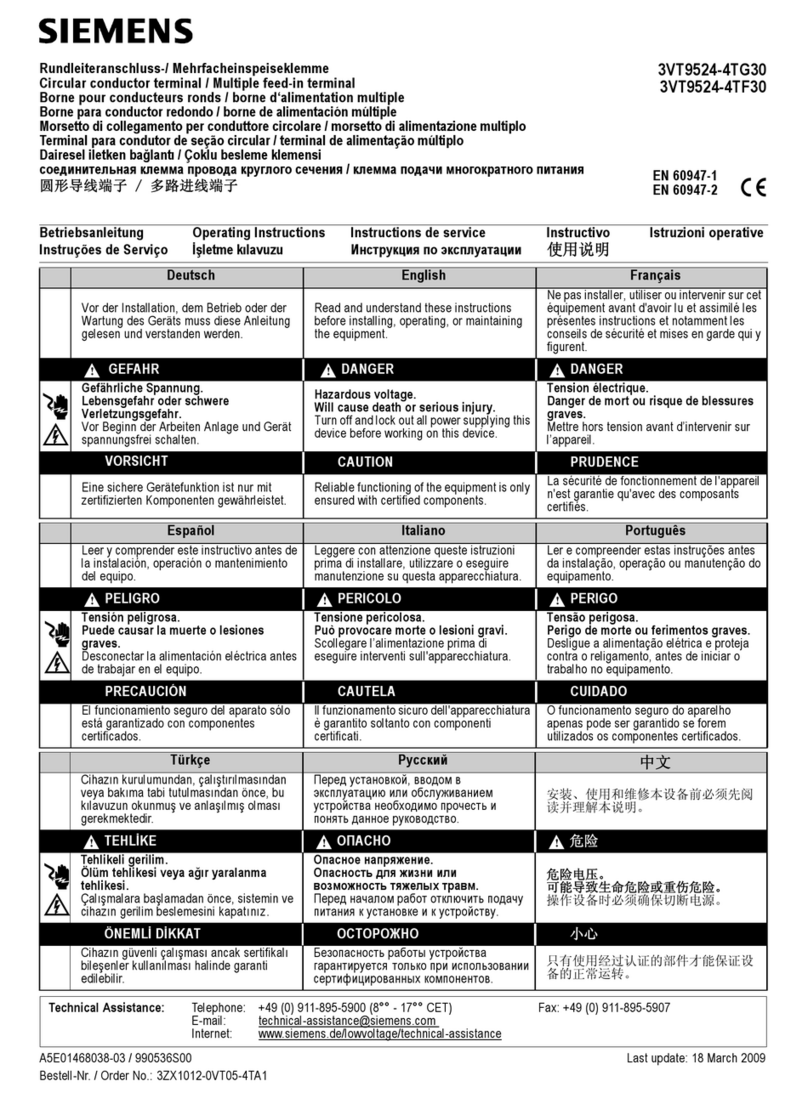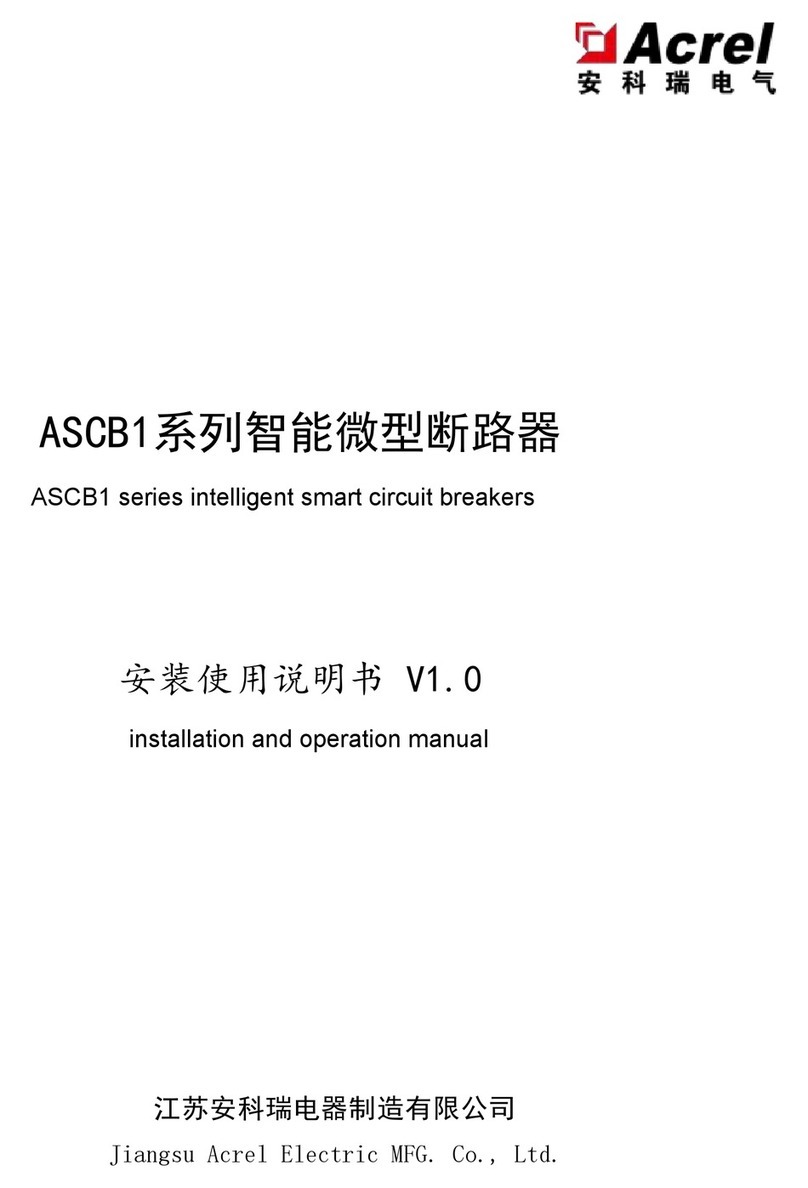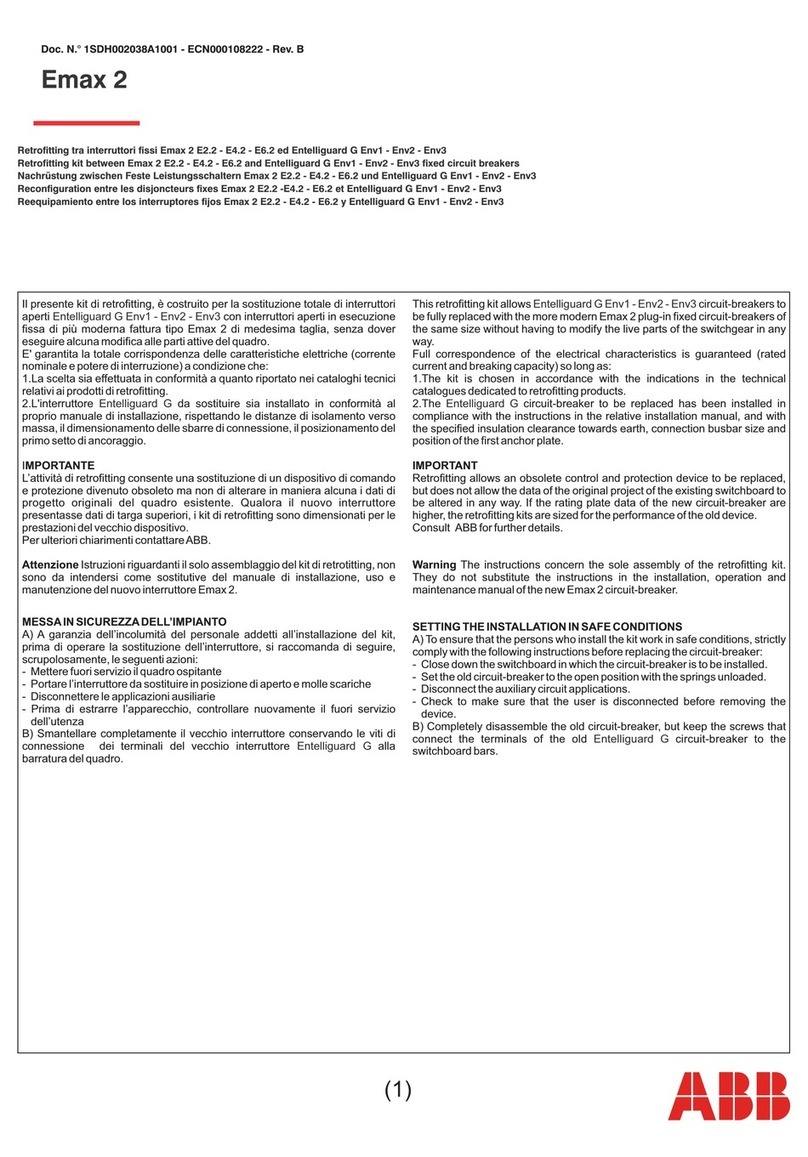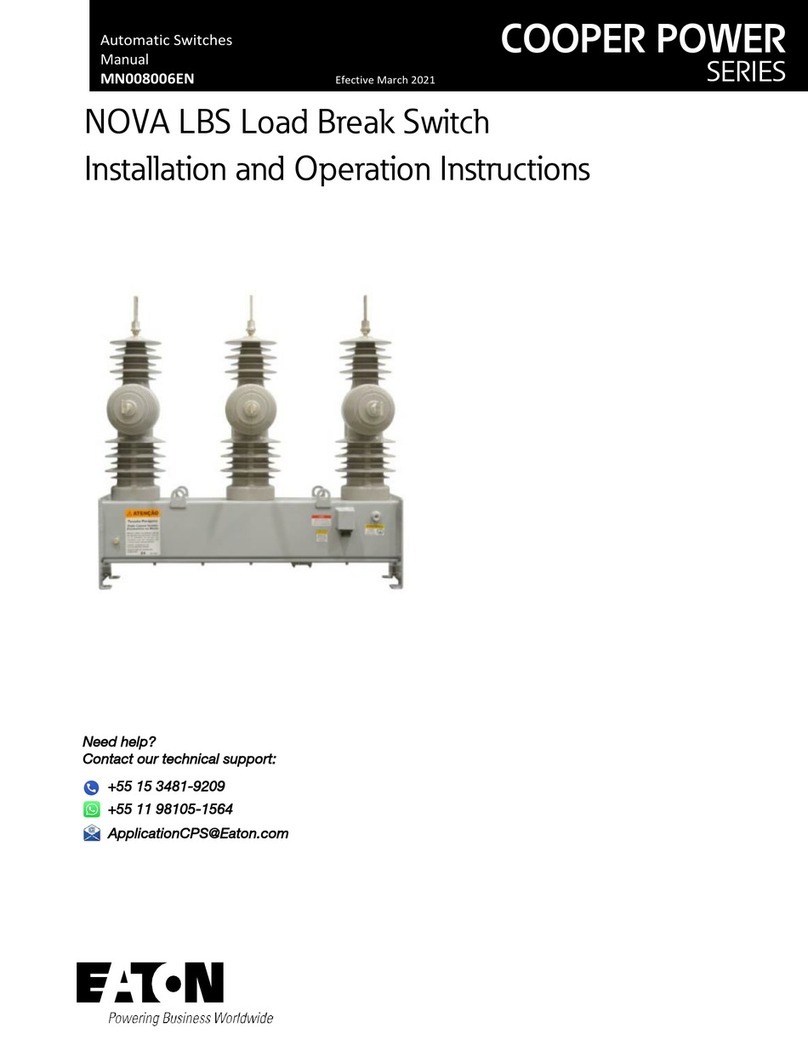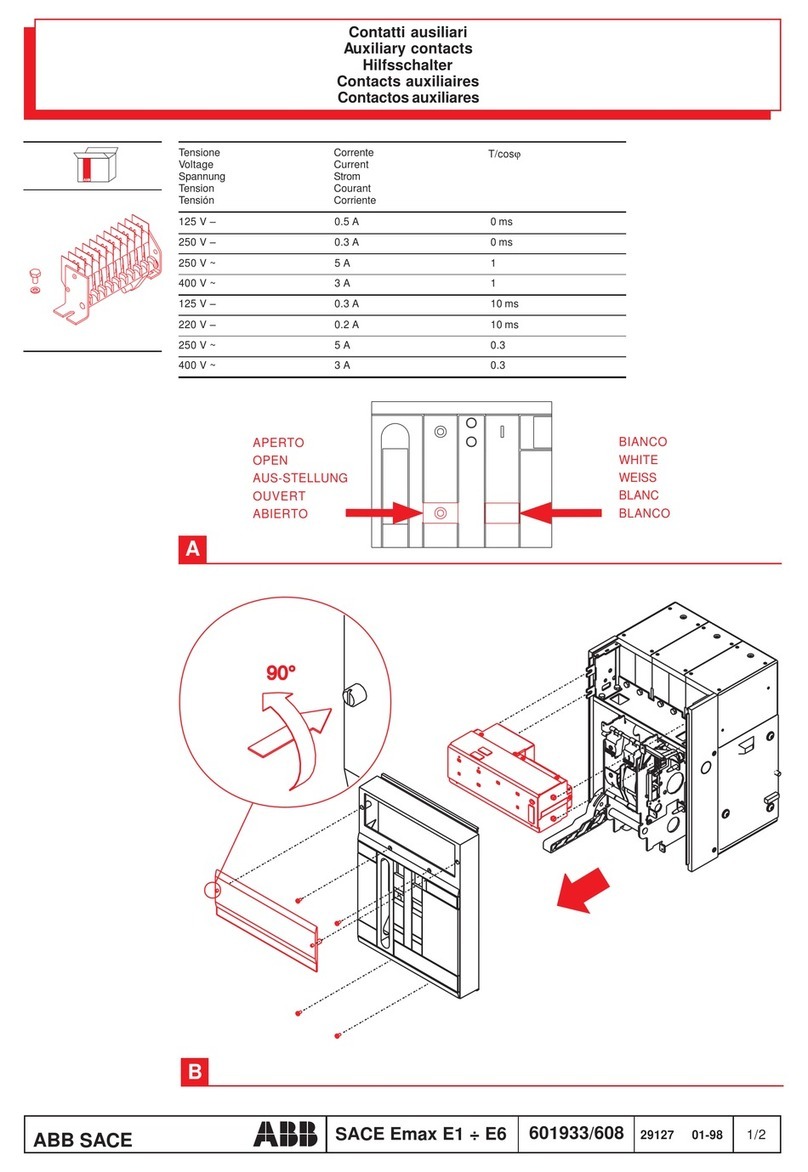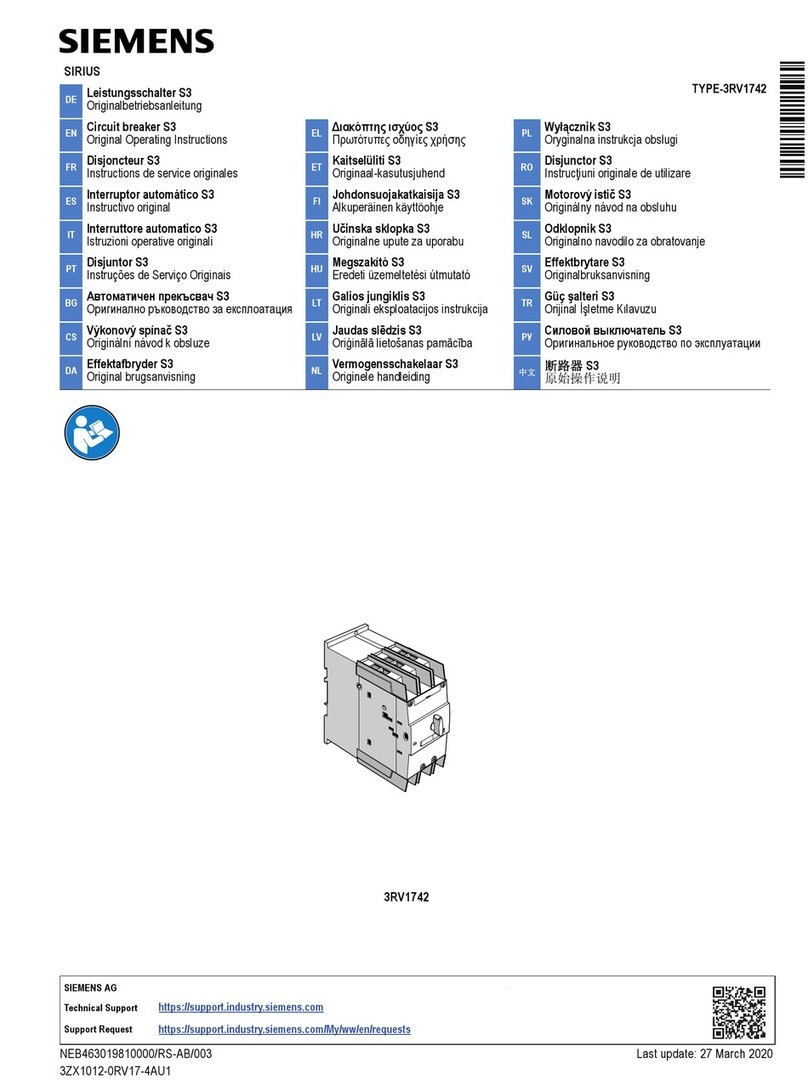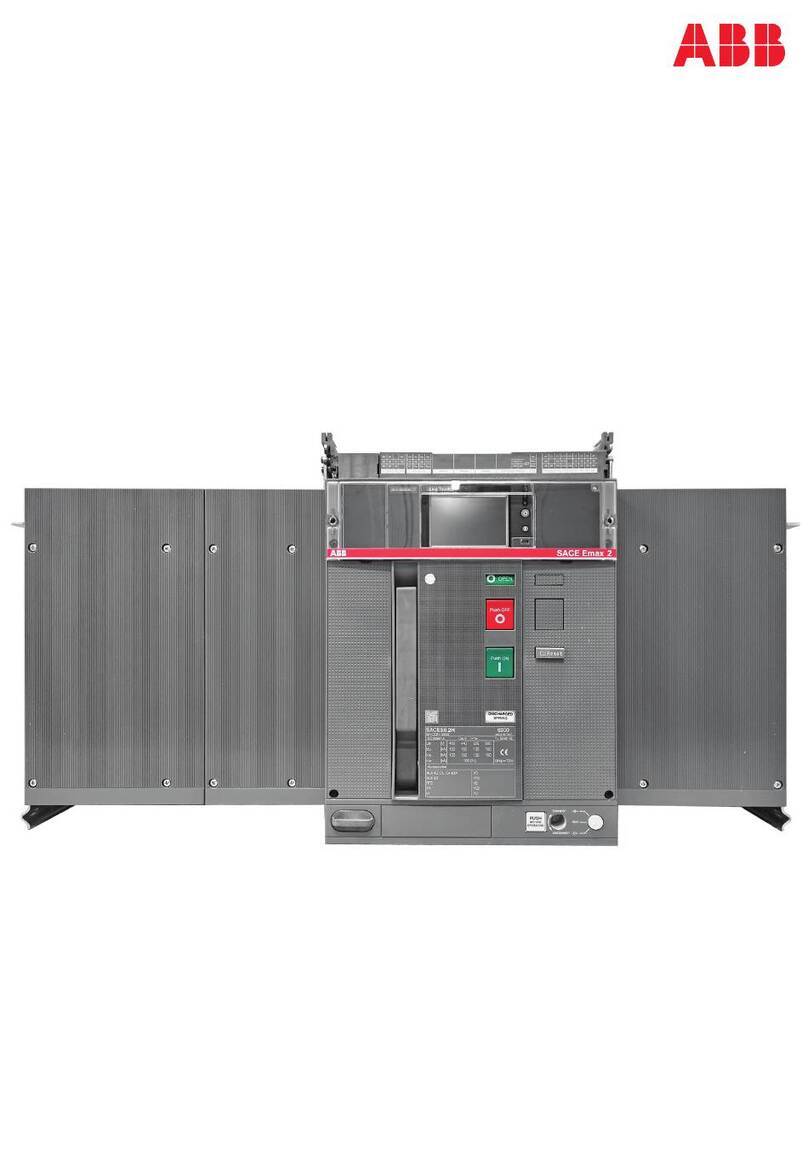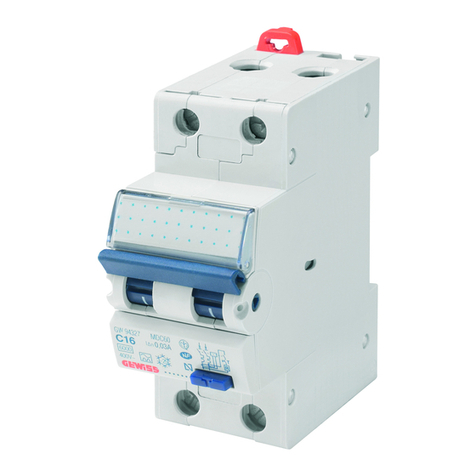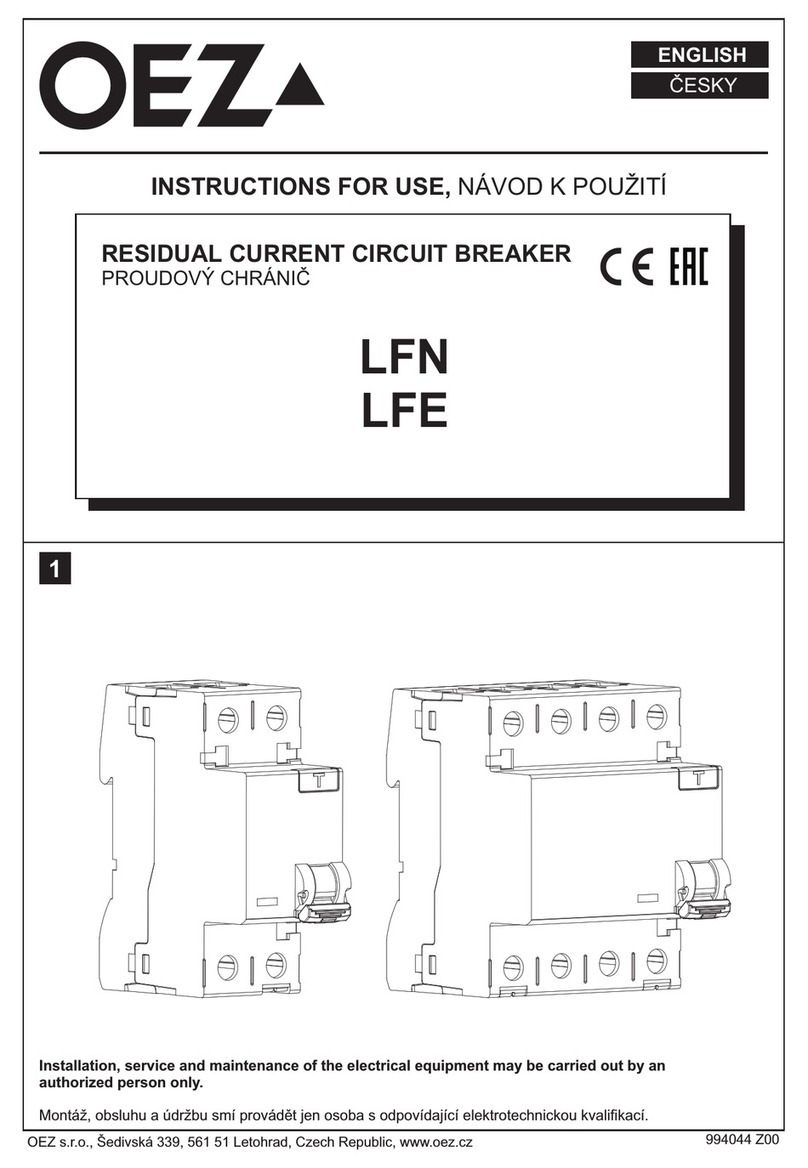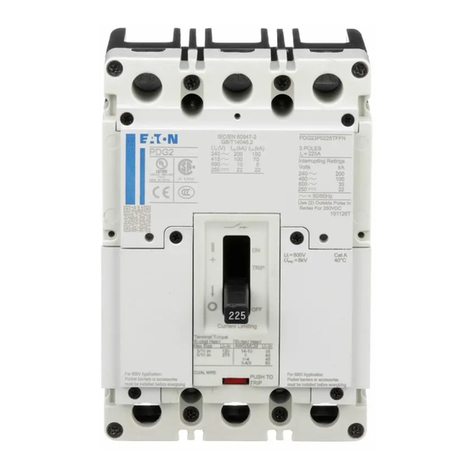
GEI-86134, Power Circuit Breokers
ADJUST GAP TO
0.060" t. o.oeo'
WITH BREAKER CLOSED
PIVOT
STUD
STATIONARY
CONTACT
Fig. 7. AKR-30 wipe adjustment - uieoo from
top of breaker
CONTACT ADJUSTMENT Types AKR-SO, sOH
qnd AKRU-SO
Use the follorving procedure toper{orm wipe ad-
justment:
1. Open the breaker, remove arc quenchers.
2. Arrange the breaker forslow-closing, as de-
scribed on page 15 of GEK-7310.
3. Select one pole of the breakerand place a thin
sheet or strip of tough insulating material, such as
myl.ar, over the stationary arcing and intermediate
contacts. This strip should be about two inches
wide and must prevent the arcing and intermediate
contacts from making contact when the breaker is
closed.
4. Using the ratcheting maintenance handle,
slow-close the breaker with the insulation held in
place. Examine the insulation to make sure it
"over-hangs" below the intermediate contacts .
5. Atiach a continuity checker (bell-set or light)
between the upper and lower stud.
6. Facing the breaker, turn the wipe adjustment
stud clockwise until the checker indicates that the
main contacts have parted. An open-end wrench
fits the hex section on the stud.
?. Turn the stud counterclockwiseuntil the main
contacts just touch.
8. From this point, advance the stud counter-
clockwise 270 degrees. This will be 4-1/2 flats.
9. Trip the breaker, remove the insulating strips.
10. Repeatthe above procedure on the other two
poles.
8
CONTACT ADJUST|YIENT lype AKRT-50
The contact structure of this 2000A breaker is
conceptually identical to the 1600A AKR-50 except
that it employs eight stationary main contacts in-
stead of six. Constructionally, however, the upper
stud assembly, movable contact arms and pivot
block are unique to the AKRT-50. See Figs. 8
and 9.
The two movable contact arms are pin-coupled
to a metal driving link whose opposite end is
threaded and screws directly into the insulating
link. This arrangement omits the wrench-operated
wipe adjustment stud provided on the AKR-30 and
-50 frames. Instead, wipe is adjusted by detaching
the driving link from the movable contact arms and
then rotating it with respect to the insulating link.
On the AKRT-50 the proper amount of contact
wipe exists if , on a closed breaker, aII of the sta-
tionary main contacts have moved away from their
stops. This condition can be checked visually by
removing the arc quenchers, closing the breaker
and verifying that all eightstationary main contacts
are "lifted off" their stops. Should wipe adjustment
appear necessary, proceed as follows:
1. Open the breaker.
2. Arrange the breaker for slow-closing as de-
scribed on page 15 of GEK-7310.
3. Selecting one pole, dri-ft out the coupling pin
and detach the drivinE link from the movable con-
tact arms.
4. Screw the driving link completely into the in-
sulating link.
5. Back out the driving tink two and one-half
turns. Exceed this by whatever amount is neces-
sary to properlypositionthe linkwithin the movable
contact arms.
6. Install the coupling pin and retainer rings.
?. Using the maintenance handle, slow-close the
breaker and observe that all eight stationary main
contacts move away from their stops. If this con-
dition is not achieved, open the breaker, againre-
move the coupling pin and back out the driving link
an additional half turn.
8. Reassemble, reclose thebreaker and recheck
wipe.
9. Repeat the above procedure on the other two
poles.
